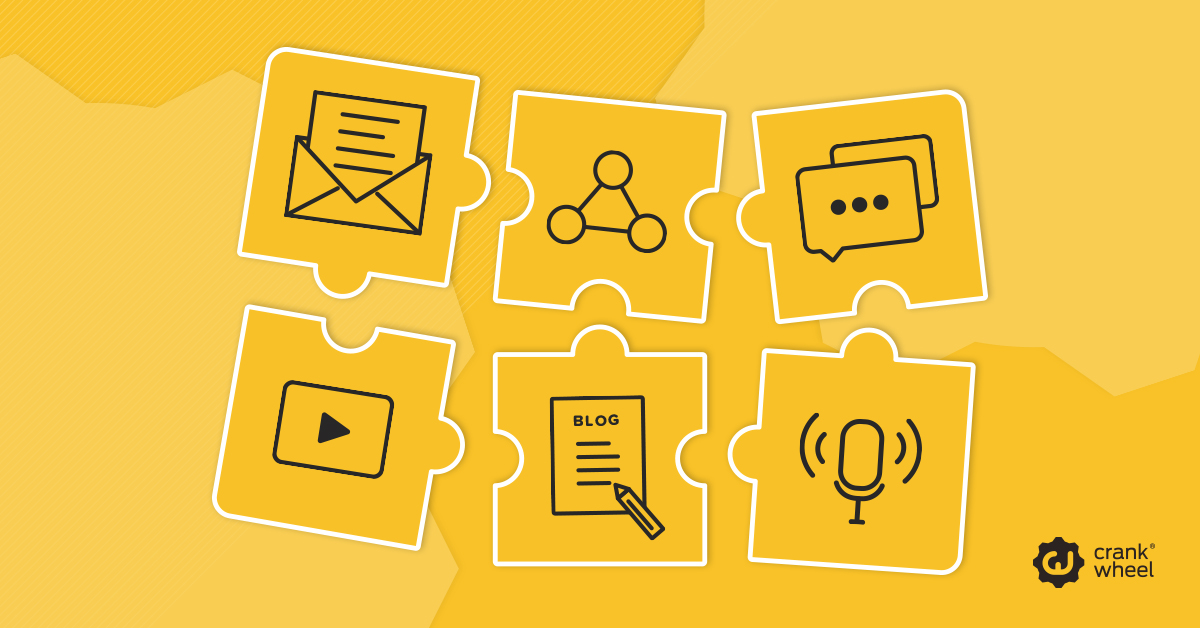Why B2B Sales Still Has A Crucial Digital Gap: And How to Fix It
When Amazon launched in 1995, it flipped the B2C market on its head. Consumers had a new way to shop, and other companies were forced to react. Over two decades on, many brick-and-mortar stores that failed to adapt to digital technologies are no longer around, while others struggle to compete.

The are some differences between B2C and B2B sales. Initially, the old B2B model of resellers and wholesalers buying goods from the same manufacturers and enjoying long-standing relationships with customers meant that the Internet had little effect on sales and account management. However, as the influence of Google grew and more people went online through laptops, smartphones and tablets, buying behaviors changed.
According to Forrester, 90% of B2B buyers search online for the services/solutions they need, while 77% of the buying process is complete before the buyer makes contact with a potential supplier.
The change in consumer behavior that the internet forced on the B2C sector has naturally influenced the B2B market.
B2B buying is more like B2C than ever.
Nearly half of all B2B decision-makers, internal influencers, brand advocates and budget holders are millennials. Millennials, that have grown up with the internet, browsing sites like Amazon and Google on their smartphones.
Andy Hoar, VP and principal analyst of e-business at Forrester, says that: “What we’ve seen is that all B2B buyers are also B2C consumers. It’s not like someone has a great experience on Amazon or Sephora or Target.com or Jet.com and then goes to a B2B-centric site and dramatically lowers their expectations.”
Unfortunately, the gradual change in buying behavior has left B2B playing catch-up. And while significant headway has been made in recent years, B2B still lacks the maturity of B2C in digital adaptation.
McKinsey & Company’s Digital Quotient, which evaluates “18 management practices related to digital strategy, capabilities, culture, and organization that correlate most strongly with sales growth and profitability” scores B2B at an average of 28 compared to B2C’s average of 35.
The potential for B2B companies that bridge the digital gap and embrace online technology, however, is huge: digital leaders — led by the SaaS industry — drive five times more growth than their peers.
Fixing the digital gap
Driving more sales as a B2B company online involves mimicking what has worked for B2C companies — going “all-in” on digital tech and using the tools and channels to your advantage.
Investing in digital
Succeeding in any market requires investment. Online, this means investing in the technology and tools to help you reach and engage prospects, and investing in staff so that they can use them effectively.
A study by Boston Consulting Group (BCG) found that the best B2B digital performers — digital champions — invest significantly in B2B sales, dedicating around 8% of revenues to improving sales capabilities over the next five years. That’s double the amount that digital beginners invest.
Champions also commit more to training — helping staff move from cold calling to warm selling based on data analysis — and adopt the best tools for better customer insights.
Analytics-led customer journeys
Analytical tools have helped to massively improve the sales process for B2B and B2C companies. Through website interaction and data capture, companies no longer have to rely on cold calling.
Analytics can be used to segment website and social media users by age, location, job title and company size. Intelligent software, such as instant demos can take things even further, using conversational lead capture to engage prospects from the outset and data enrichment to give sales teams a fuller picture of a lead.
This info can be used to create customer profiles and qualify leads for higher conversion rates.
Multi-channel approach
Relying on a website alone for sales isn’t enough. You have to be everywhere.
“B2B buyers who interact with multiple channels, such as field sales, online web stores, and so on, spend more than those who only purchase from a single channel.” - McKinsey & Company
The average B2B customer uses six different channels over the course of their decision-making journey, so it’s important to create consistent experiences across all marketing, sales and support channels.
Email, website, social media, chat, mobile and online communities are the channels most commonly used to initiate engagement. Video, blogs, podcasts and webinars are also popular. The content you put out across various channels is a key factor in how prospects engage. 51 percent of B2B customers are put off by irrelevant content.
Instant demos are a powerful tool in the multi-channel approach for several reasons:
- Demos are the best way to engage with website visitors directly and provide the information the user seeks
- Through integrated data capture tools, they provide info that can be used to create ideal customer profiles (ICPs) from which content can be tailored to the relevant audience
- The interaction between user and website, and user and sales rep, improve the lead generation process for marketing and sales teams, ensuring only the hottest leads are pursued as a priority
B2B e-commerce is expected to reach $1.2 trillion by 2021. Now is the time to get on board with, and improve upon, what B2C companies started.
